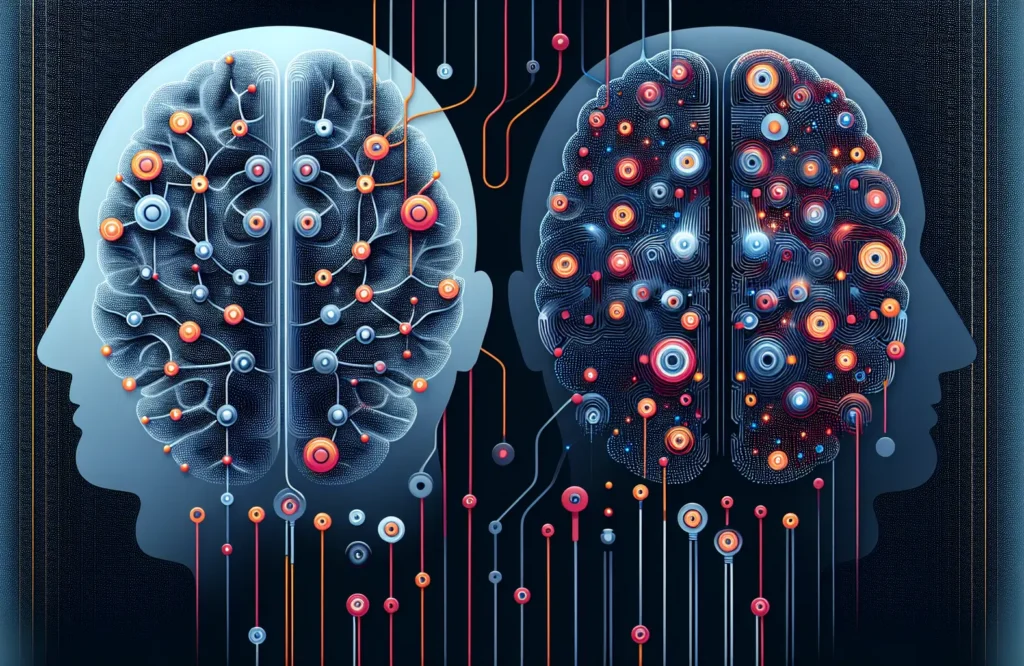
By CAFMI AI From npj Parkinson’s Disease (Open Access)
Deep brain stimulation (DBS) targeting the subthalamic nucleus (STN) is a well-established treatment for advanced Parkinson’s disease (PD), typically aimed at relieving motor symptoms. This study focuses on comparing the functional brain network changes resulting from unilateral versus bilateral STN-DBS. Unilateral STN-DBS primarily enhances connectivity within motor-related brain circuits, specifically on the same side as the stimulation. Increased interaction was observed between the ipsilateral motor cortex and supplementary motor areas, which correlated positively with improvements in motor symptoms on the opposite side of the body. Clinicians can infer that unilateral stimulation offers targeted motor benefits, making it a strategic choice for patients who may not require full bilateral intervention or who might be at higher risk of side effects from more extensive stimulation.
Bilateral STN-DBS produces a wider spectrum of functional network alterations as compared to unilateral stimulation. Beyond motor circuits, bilateral stimulation also affects prefrontal and limbic brain regions, which are associated with cognitive and emotional functions. This broader network modulation corresponds with improved control over both motor and some non-motor symptoms of PD, reflecting the therapy’s holistic benefits. However, the study noted that bilateral DBS might transiently disrupt cognitive networks, possibly explaining cognitive side effects observed in some patients. For primary care physicians, understanding these dual benefits and risks is critical for managing expectations, monitoring patients post-DBS, and coordinating with neurologists to tailor DBS strategies to individual needs.
This research highlights the need for personalized DBS approaches based on distinct functional network outcomes. Unilateral STN-DBS could be preferred for patients focusing on unilateral motor improvements, while bilateral DBS may serve those requiring comprehensive symptom control but with careful monitoring for cognitive side effects. The findings emphasize the importance of ongoing neuroimaging to optimize DBS settings, enabling more precise targeting and minimizing adverse effects. Future investigations with larger samples and longer follow-up, using advanced imaging modalities, should refine these insights further. Ultimately, integrating functional network analysis into clinical practice could enhance therapeutic decision-making, improve patient outcomes, and advance the management of Parkinson’s disease through tailored STN-DBS interventions.
Read The Original Publication Here